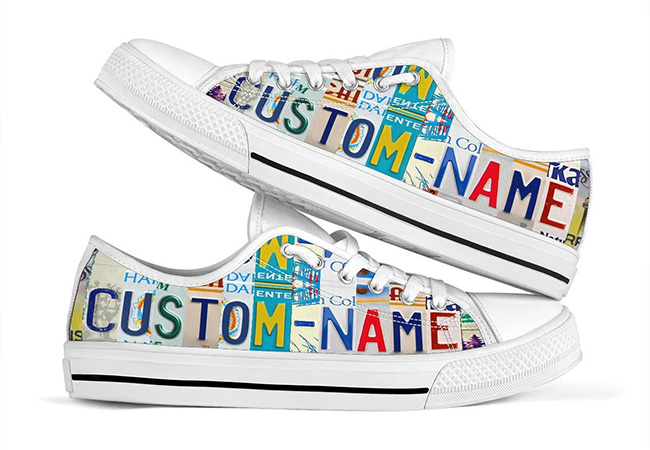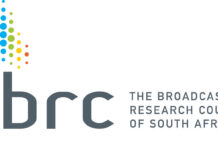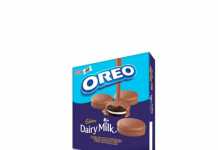In 2011, Coca Cola launched its Share a Coke campaign in Australia, which was a personalised campaign with the most common Australian names printed on Coca Cola bottles and cans. The result? More than 250 million personalised bottles and cans sold over the summer months to a population of less than 23 million people at the time.
This personalisation campaign was so successful it was adapted in other territories, including South Africa. Everyone wanted a can, with their name on it. South Africa’s Share a Coke campaign went a step further, including a pronunciation guide below each name. “A first name is personal and unique. It is a person’s identity, and when used in marketing campaigns, it shows customers that their brands of choice acknowledge them,” said Desirée Gullan, Executive Creative Director of G&G Digital.
Fast forward to 2021. Research proves that personalised emails have a higher click-through rate. When brands incorporate personalisation into their digital marketing strategies, they build stronger relationships with their customers, retain them for longer, encourage word-of-mouth referrals, and create better experiences for new customers.
“It’s important for brands to understand their audiences. We can no longer depend on demographics to inform marketing strategies. Customers want their brands to understand them beyond their gender, race, and location. Personalised marketing that speaks to individuals with empathy will result in better engagement,” Gullan added.
A smart personalised marketing strategy will reap the following benefits for your brand.
- Better customer experience
Customers will provide their personal information if they’re sure their data will be protected, and may participate in surveys, fill out forms and share their preferences. Customer information makes it easier for brands to create personalised marketing messages.
- Increase revenue
Brands can get better results by talking to their customers in the digital spaces they occupy.
- Build brand loyalty
Personalisation will create better customer satisfaction, build loyalty and word-of-mouth referrals, and give brands a competitive advantage.
How to use personalisation in your digital marketing
- Email marketing
Gather customer preferences through sign up forms and use it to personalise emails to customer persona segments. You will see better open and engagement rates. Be sure to comply with the Protection of Personal Information (POPI) Act.
- Video messaging
Customised video messages, technology and research can help you scale personalised video messages. Segment customers based on their passions and preferences and create video messages to cater to each audience type. These video messages should always be memorable, engaging, relatable and accessible.
- Create a seamless customer experience
Build a consistent and seamless customer experience, no matter the touchpoint. Ensure tone and key messaging is consistent whether customers are in-store or accessing your brand online.
“While personalising messages at scale is a contradiction, marketing professionals can personalise to large audiences by segmenting audiences based on the data and ensuring that the messaging segments resonates with those segments,” concluded Gullan.
Digital marketing trends are always evolving. Your brand has to keep up with the new methods to engage with customers and potential customers and ensure your brand is always top of mind and top of conversation.




















































































